Once Upon a Time in Hollywood: Tarantino’s earnest celebration of cinema is an extravagant and nostalgic ode to a world that does not exist anymore
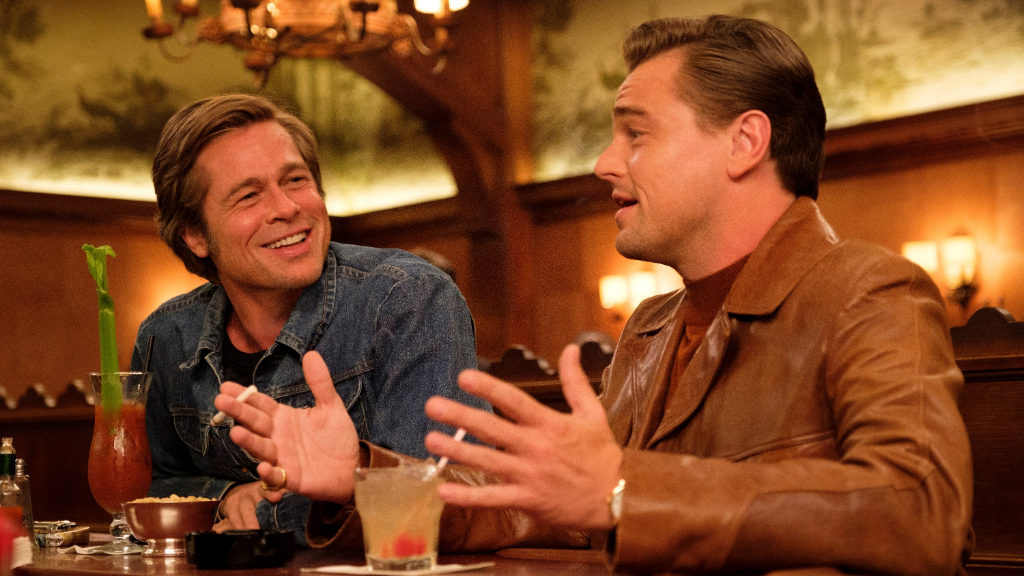
Quentin Tarantino has pleaded with critics not to spoil this film and it makes some degree of sense. The central twist is an astonishing act of wish fulfilment, eerily rearticulating and contorting the dreamscape of Hollywood. This is an unabashed love letter to the movie business, one undoubtedly drawn from Tarantino’s experience growing up in LA during the Manson murders.
TV actor Rick Dalton (Leonardo DiCaprio) and his stunt double Cliff Booth (Brad Pitt) face a changing industry. Both ageing and only slightly jaded, the pair help each other through a constant exchange of favours, big and small. Rick employs Cliff for general assistance and odd jobs – the TV aerial needs fixing – in return for a drinking buddy and a partner of solace. Upcoming actor Sharon Tate (Margot Robbie) moves next door to Rick with director Roman Polanski, forming the ominous point of history around which the film revolves.
There’s visceral fun in watching these actors together. Pitt and DiCaprio conduct easy repartee from the reclined position. Robbie is affecting for the scenes in which Tate gleefully watches herself for the first time, on the big screen. In a dialled-in turn, Al Pacino has a small role as Marvin Schwarz, who holds in his hands Rick’s foray into Italian cut-and-paste westerns.
There is a raft of 60s cinematic references – said westerns, crime procedurals, horrors – that combine to form a cinephile’s playground. To enjoy Once Upon a Time… is to see such references as valuable and entertaining in and of themselves. Barbara Ling translates these nods into painstaking set decoration and design, and Rick’s poster collection allows for a cavalcade of wordplay and genre teasing. Song choices blatantly evoke the era, chiming in and out, a tantalising echolalia. Hello darkness, my old friend…
Sequences are baggy, scattered. We go back and forth between narrative strands with few appeals to unity or form. Shots appear in stark primary colours: bleached yellow dirt tracks and sun-dappled hills. Tarantino retains an eye for the acute perspective, the composed angling of the frame. Enclosed spaces, kitchens particularly, possess unbridled kinetic energy, a crackling sense of danger. The director also manages sharp jabs at contemporary artistic and political anxieties: the position of women, the popularity of method acting.
Fear of ultimate violence is ever-present but cleverly inverted. Fights are funny and caricatured, while the final act delirium produces an exultant rejoinder to the horror of reality and the brutality of history. The conceptual possibilities of once-upon-a-time are stretched to their endpoint, and movie myth and legend exist in a persistent state of uncertainty. As storytelling, this film lacks cohesion. But many will take satisfaction in Tarantino’s earnest celebration of cinema, an extravagant and nostalgic ode to a world that does not exist anymore but still could have been better.
Joseph Owen
Once Upon a Time in Hollywood is released nationwide on 14th August 2019.
Read more reviews from our Cannes Film Festival 2019 coverage here.
For further information about the event visit the Cannes Film Festival website here.
Watch the trailer for Once Upon a Time in Hollywood here:

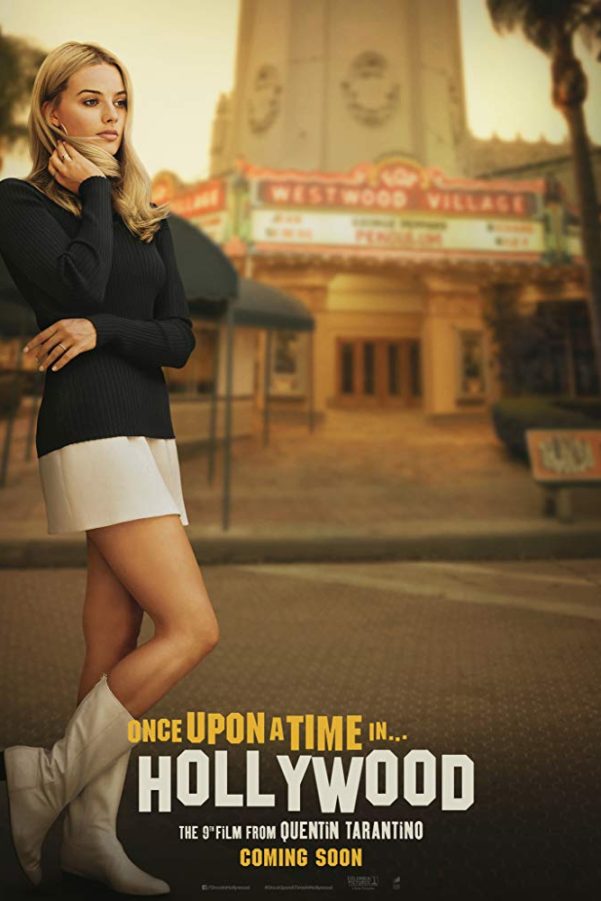
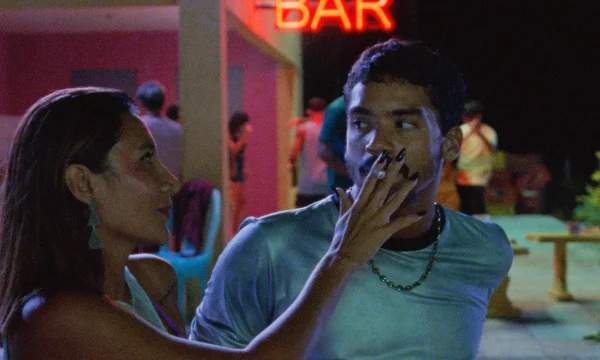
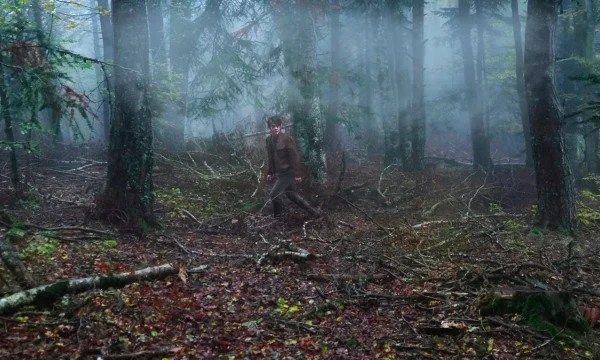
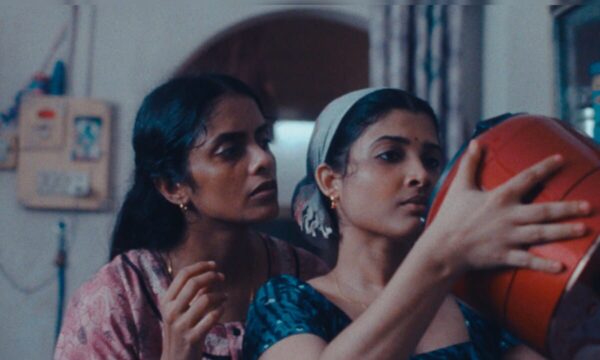
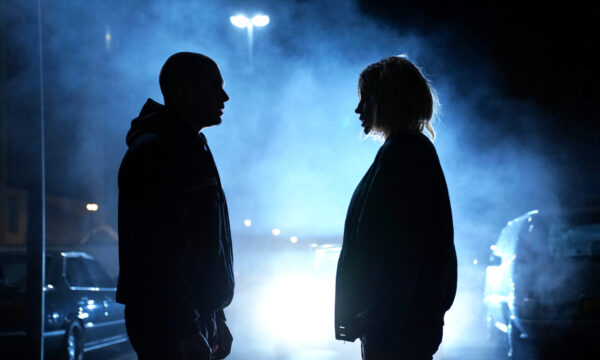
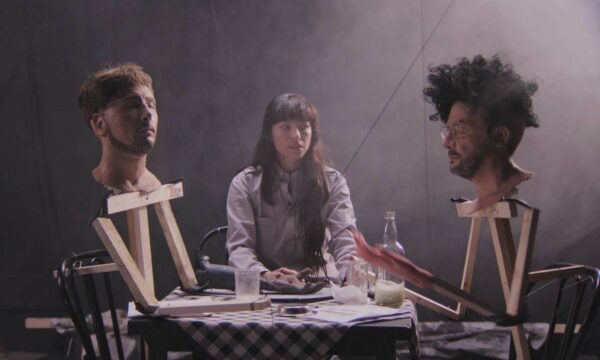
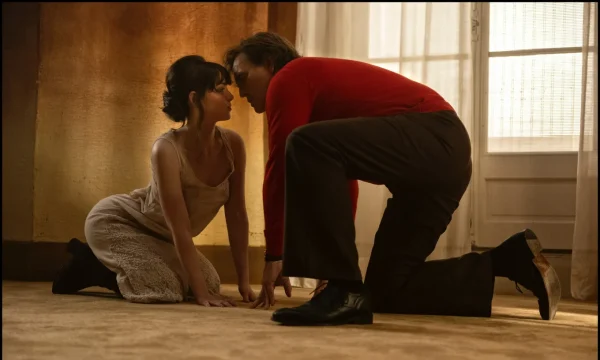
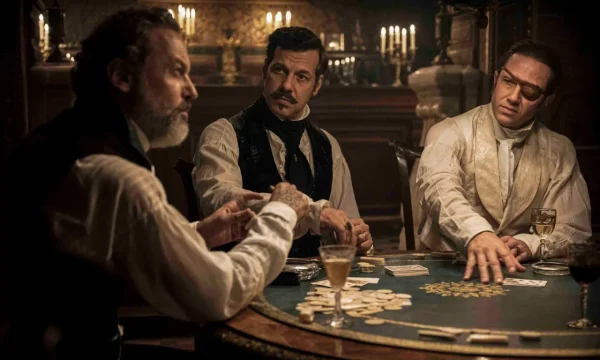
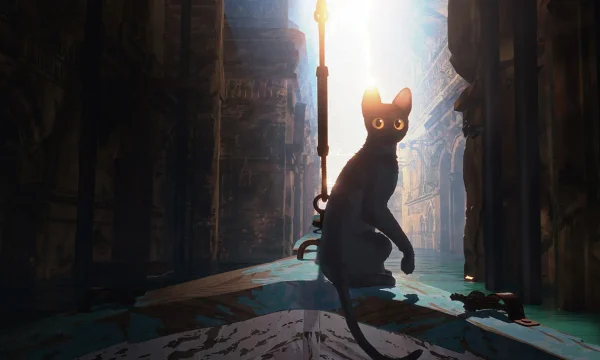
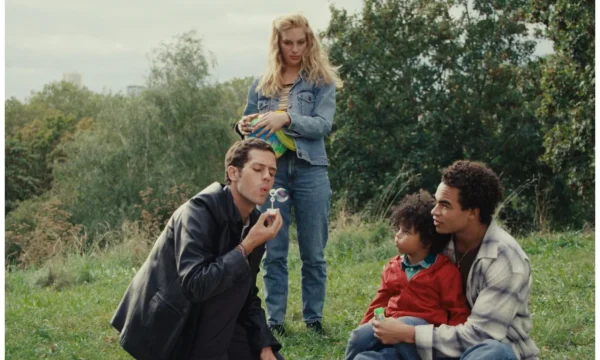














Facebook
Twitter
Instagram
YouTube
RSS